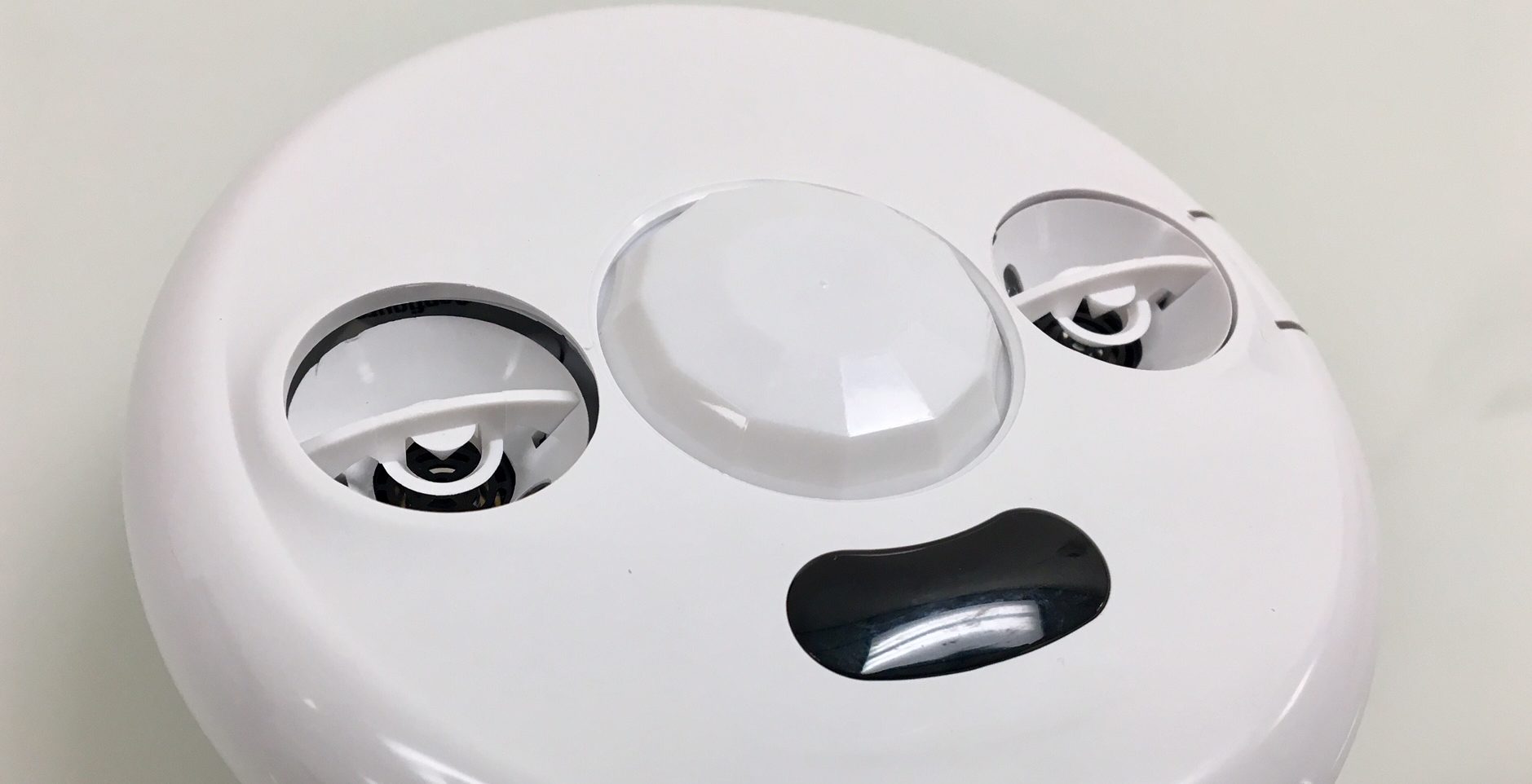
The In’s and Out’s of Occupancy Sensors!
One of the most important devices you’ll install for Title 24 is occupancy sensors. Having an area where the lighting turns off when you walk away will save the end user energy, and save them money, too! When planning out placement of these devices, you’re going to want to keep in mind a few of these tips!
Keep it at least 4’ away from AC supply!
If your occupancy sensor is located in a space where there is not enough room for a ceiling mounted sensor, place it diagonally from the AC supply or consider using a corner mounted sensor instead.
Position it centrally, but not too close to the entrance!
You want the sensor to pick up when people enter the room, and you’d also like it to function while they’re in their office chair, or in a meeting, or eating lunch. However, putting the occupancy sensor too close to the doorway could pick up outside motion from the hallway. Generally, sensors will have at least a 10’ by 10’ range in which they’ll detect motion. If the room is larger, ensure you have multiple sensors that reach all points of a room.
Set the time delay! – Automatic shutoff controls are also part of Title 24!
Whether you have a manual or automatic occupancy sensor, make sure that it’s all programmed in to the correct time delay. In the new 2016 code, it’s 20 minutes!
Make sure to test it!
Nothing can be worse than getting ready for your acceptance test and not checking to make sure what you installed is actually functional! Leave the room, close the door (and leave a note if you have to!) and be sure to time how long it takes for the lights to shut off. (Also, if you have controlled outlets, be sure to check those, too!)
Places that require occupancy sensors include offices <250 sq ft, multipurpose rooms <1000 sq ft, classrooms of any size, and conference rooms of any size.
Recent Comment
Extended Opportunity
Coursiify 6-Figure In 60 Days LIVE Event Get VIP access to our live mastermind event and copy n’ paste our Coursiify underground system we use to make 6-figures in 60 days. This alone is worth 5x what you will pay today, and it’s yours for free! (Value $1997) https://ext-opp.com/Coursiify